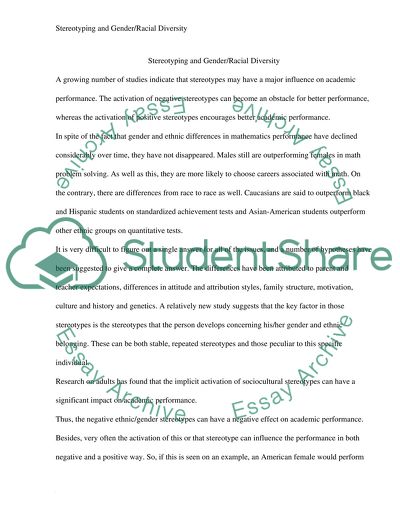Cite this document
(“Stereotyping and Racial/Gender Diversity Essay Example | Topics and Well Written Essays - 2750 words”, n.d.)
Stereotyping and Racial/Gender Diversity Essay Example | Topics and Well Written Essays - 2750 words. Retrieved from https://studentshare.org/psychology/1402872-stereotyping-and-racialgender-diversity
Stereotyping and Racial/Gender Diversity Essay Example | Topics and Well Written Essays - 2750 words. Retrieved from https://studentshare.org/psychology/1402872-stereotyping-and-racialgender-diversity
(Stereotyping and Racial/Gender Diversity Essay Example | Topics and Well Written Essays - 2750 Words)
Stereotyping and Racial/Gender Diversity Essay Example | Topics and Well Written Essays - 2750 Words. https://studentshare.org/psychology/1402872-stereotyping-and-racialgender-diversity.
Stereotyping and Racial/Gender Diversity Essay Example | Topics and Well Written Essays - 2750 Words. https://studentshare.org/psychology/1402872-stereotyping-and-racialgender-diversity.
“Stereotyping and Racial/Gender Diversity Essay Example | Topics and Well Written Essays - 2750 Words”, n.d. https://studentshare.org/psychology/1402872-stereotyping-and-racialgender-diversity.


